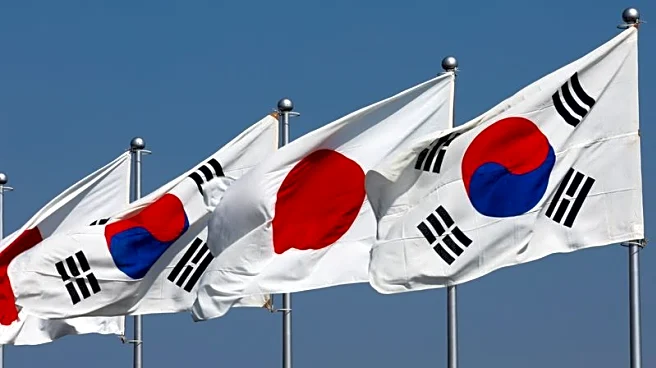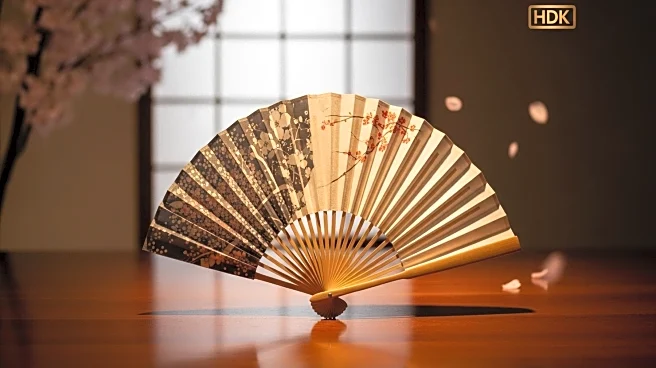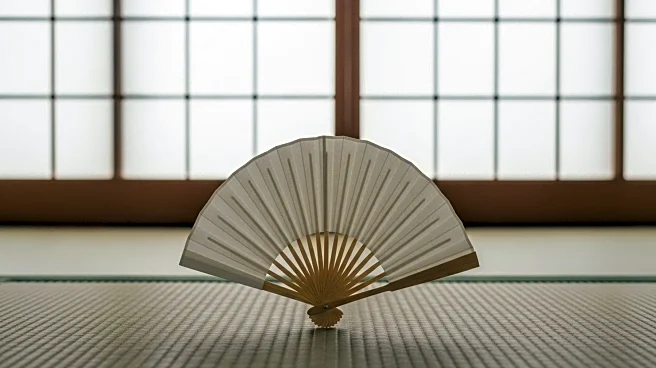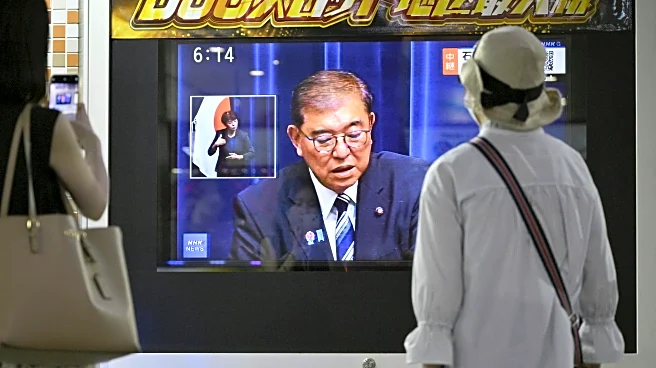What is the story about?
Calligraphy is an integral part of educational curricula in various countries, particularly in China and Japan, where basic instruction is included in regular school programs.
Specialized programs at higher education levels are available in China, Japan, Korea, and Taiwan, reflecting the cultural significance of calligraphy in these regions. The study of calligraphy traditionally involves copying exemplary works from masters, a practice that emphasizes rote learning and strict adherence to established models. This method ensures that students develop competency in specific styles, often requiring years of practice to achieve proficiency. The educational approach to calligraphy not only focuses on technical skills but also encourages familiarity with traditional arts, as these contribute to the overall development of a student's calligraphic abilities. In contemporary times, debates have emerged regarding the limits of this copyist tradition, especially within modern art scenes where innovation is valued. Despite changing lifestyles and tools, calligraphy continues to evolve, influenced by new waves of masters who bring fresh perspectives to this ancient art form.
For the benefit of users - Parts of this article may include content generated
using AI tools. Our teams are making active and commercially reasonable efforts to moderate all AI generated content. Our moderation processes are improving however our processes are carried out on a best-effort basis and may not be exhaustive in nature. We encourage our users to consume the content judiciously and rely on their own research for accuracy of facts. We maintain that all AI generated content on our platform is for entertainment purposes only. To know more about how we use AI, you can write to us at support_spaces@glance.com
Do you find this article useful?

















